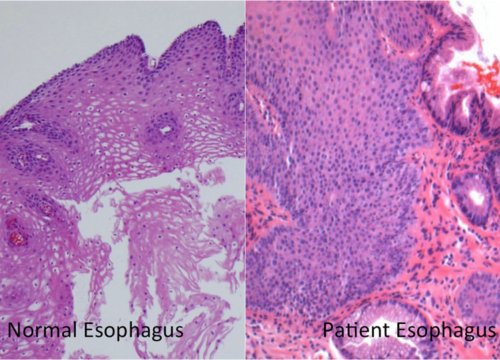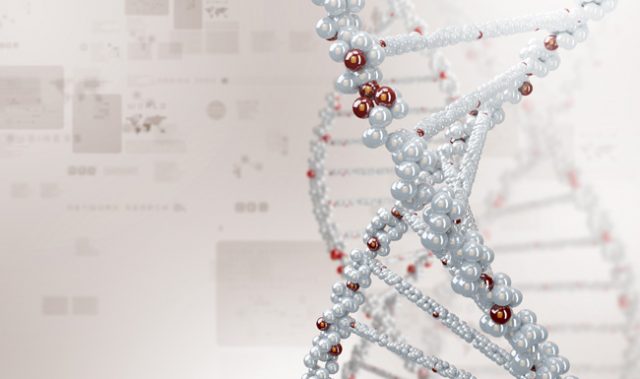
AsianScientist (Jun. 5, 2015) – Ovarian cancer cells can lock into survival mode and avoid being destroyed by chemotherapy, according to a study published in Nature.
Professor Sean Grimmond, from The University of Queensland’s Institute for Molecular Bioscience, said ovarian cancer cells had at least four different ways to avoid being destroyed by platinum-based chemotherapy treatments.
“One way involves breaking and rearranging big groups of genes—the chromosomes,” Grimmond said.
“This is fundamentally different to other cancers where the disease is driven by smaller but more gradual changes to individual genes. It is essentially shattering big chunks of the cell’s hard drive and moving them around, rather than just changing bits in the files.”
The research used whole genome sequencing to analyse tumor DNA samples from 91 patients with high-grade serous ovarian cancer (HGSC). HGSC is the most fatal form of ovarian cancer, a disease for which there are more than 1,300 diagnoses in Australia each year.
Grimmond said it was a recurrent form of cancer that often developed resistance to standard platinum-based chemotherapy treatments that aimed to damage tumor DNA beyond repair.
There have been no major changes in survival rates or treatments for HGSC patients in the past 30 years.
Professor David Bowtell, head of Peter Mac’s Cancer Genomics Program and of the Australian Ovarian Cancer Study (AOCS) from which many of the patient samples were obtained, said until now there had been little information to guide clinicians when selecting a treatment for women whose cancer had returned.
“For decades clinicians around the world have watched HGSCs shrink under attack from chemotherapy before returning aggressively months or years later,” he said.
“By completely sequencing the cancers, sampled at different stages of disease, for the first time we can map their evolution under the selective pressure of chemotherapy and begin work on better interventions.”
Grimmond said the research indicated a range of approaches would be needed to overcome resistance to treatment.
“We now know that not only are there many sub-types of this disease, but there are also different sub-types of resistant disease, which has huge implications for designing future treatments,” he said.
“We really need to continue to write the atlas for this complex disease and get more sophisticated about the amount of drug we give, when we give it and the types and combinations of treatments in relation to each patient’s cancer.”
The article can be found at: Patch et al. (2015) Whole-Genome Characterization Of Chemoresistant Ovarian Cancer.
———
Source: The University of Queensland.
Disclaimer: This article does not necessarily reflect the views of AsianScientist or its staff.












